| Kaveh Glass Industry Group |
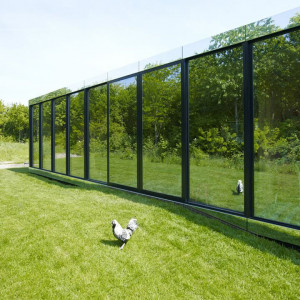
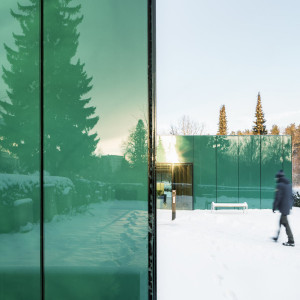
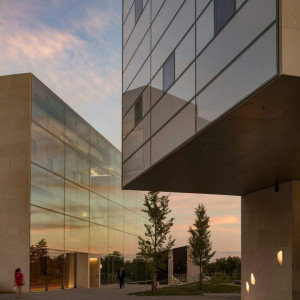
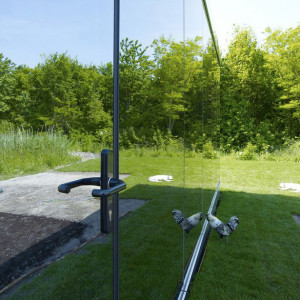
| No Title | 0.02 MB |
| Registration Date | 31 May 2019 |
| Revision Date | 31 May 2019 |
| Share |
Construction Decoration
Glass1- Reflects a large portion of the solar radiation, so in addition to preventing the entry of UV rays into the home, it also controls IR radiation. 2- While providing natural light for the home, it also prevents excessive light exposure throughout the day. 3- Due to the fact that the coating layer is sputtering, the surface of the glass surface is strong and resistant to abrasion. 4- Ability to cut, bend, heat and laminate without damaging the glass layer. The definitions of the above table parameters: 1- Visible Light Transmittance: VT shows the percentage of light passing through the glass. This parameter is useful in evaluating the types of glass in supply of building light. 2- Ultra Violet Transmittance: UV shows the amount of ultraviolet light that enters inside the building. Obviously, because of the harmful effects of the radiation, the lower amount is better. 3- Solar Heat Gain Coefficient (SHGC): This parameter is known in some texts as G-Value, which expresses the transit of heat and energy of sun from the glass. The SHGC is numerically between 0 and 1. Lower SHGC means less solar heat travels through the window and vice versa. 4- Shading Coefficient: Shading coefficient is the solar factor factor (SF) of each type of glass to the solar factor (SF) is a single-walled glass with a thickness of 3 mm under the same conditions. This ratio is without unit and varies between 0 and 1. The ratio of the radiant energy of the sun entering the space through the window refers to the total energy flowing on the same level of the window as the solar factor (SF). SHGC = SC ×0/87 5- Heat transfer coefficient: U-Value is a parameter that shows the amount of heat transfer from any object, and is used to express insulation amount of glass. The smaller the heat transfer coefficient means less heat transfer and hence greater insulation. Product Standard
The use of glass in the facade of the building and interior decoration in recent decades has been of great interest to designers and architects. In addition to providing ambient light, the glass can make the visual interface of the building with its external environment. Having the right knowledge of the light and choosing the right glass can have a significant effect on the beauty of space, the peace of the inhabitants and the costs of heating and cooling buildings. The sun is composed of three main spectra:
1- Ultraviolet:
The long-term radiation of this beam, in addition to skin complications, will change the color of objects, including curtains, carpets and more.
2- Visible light:
If the visible light enters space correctly, enhances the vision of the eye. In order to set the maximum and minimum brightness, the light transmittance of the visible light of the glass as well as its reflection coefficient should be considered.
3- Infrared:
Infrared is a part of the solar energy we feel in heat. Approximately two-thirds of the energy entering and exiting through the window flows as radiation in the infrared spectrum. In tropical and sunshine areas, this spectrum intrudes into the building, causing a rapid rise in temperature and a heavy load on the cooling system of the building and increasing the consumption of energy.
By choosing the right type of glass, it can control the flow of light and the energy entry and exit of the building. One of the types of glass designed to produce a pleasant atmosphere with controlled light in the building is glass reflex.
Reflex windows are manufactured using nanoscale technology and metallic coatings and metal oxides in nano-thicknesses on one side of a regular glass. Unfortunately, with the growth of the apartment and the increase of buildings and the reduction of their distance, the interior of the house is easily visible, and to do this, use a curtain to close the environment. But if you use reflex glass, these glasses are made to hide the interior of the house from the outside, like a curtain, but people inside the house can easily see the outside.
Reflexed glasses are available in a variety of colors on the glass market, with its popular colors: Smoky, Silver, Blue, Green, Pink and Bronze.
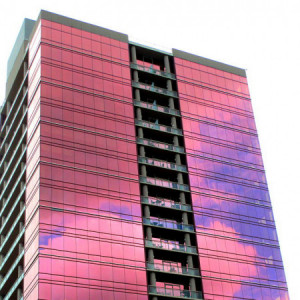
CONSTRUCTION - DECORATION

Properties : Abrasion Resistance,UV Protection,Reflection
Application : Hotel,Interrogation rooms,Interior decoration,Laboratories
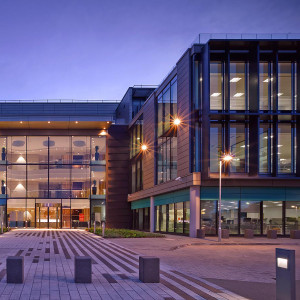
CONSTRUCTION - DECORATION

Properties : UV Protection,Reflection,Abrasion Resistance
Application : Hotel,Interrogation rooms,Interior decoration,Laboratories
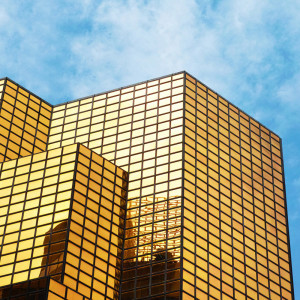
CONSTRUCTION - DECORATION

Properties : UV Protection,Reflection,Abrasion Resistance
Application : Laboratories,Interior decoration,Interrogation rooms,Hotel
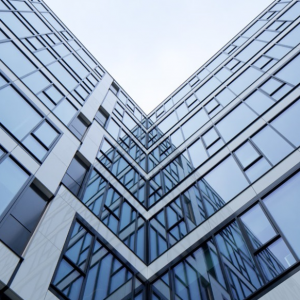
CONSTRUCTION - DECORATION

Properties : UV Protection,Reflection,Abrasion Resistance
Application : Interrogation rooms,Interior decoration,Laboratories,Hotel